THE MIMMO PALADINO WARRIORS – VILLA FRIGERJ | CHIETI
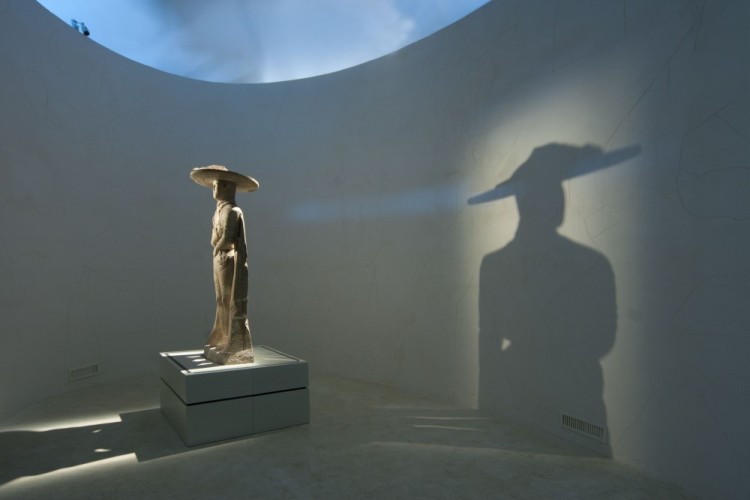
“Al di là del tempo. Mimmo Paladino e il Guerriero di Capestrano: la nuova sala”
National Archaeological Museum of Abruzzo, Villa Frigerj, Chieti
from January 26, 2011
“Mimmo Paladino e il nuovo Guerriero. La scultura come cosmogonia”
Carichieti Foundation, De Mayo Palace, Chieti
from January 26th to April 30th, 2011
Curated by Gabriele Simongini
Text by Vittoria Biasi – All Texts are 1F mediaproject copyright. All Rights Reserved.
The Mimmo Paladino Warriors
The Capestrano Warrior is an expression of the Italic Archaic plastic art and Abruzzo symbol. It is guarded into the National Archaeological Museum of Abruzzo, Chieti. The Superintendent of the Archaeological Heritage Abruzzo, Andrea Pessina, has established an important synergy with the Carichieti Foundation Foundation governed by Mario Di Nisio in order to realize a project where the contemporary sensibility crosses the archaeology.
The focus of the project is addressed to get closer to the atmosphere of Capestrano Warrior (VI B.C.) to the evocative aura of the time, recalling the fighter mind to face contempory world, requesting the present to talk with the time-honoured monumentality. Two events give a new life to the sculpture: the opening of the permanent room where the Capestrano Warrior will remain for ever, realized by Mimmo Paladino inside Villa Frigerj at the National Museum and the exhibition of sculptures, centred around the “New Warrior” organized inside the Carichieti Foundation‘s new exhibition centre at Palazzo di Mayo.
The curator Gabriele Simongini, meeting Mimmo Paladino, caught the artist admiration feeling for the Warrior’s and the need to get closer to the work, showing his sentiments for it. Elmire Zolla, in accordance with an oriental concept, defines auree some coincidences. Paladino to arrange the room in order to greet the sculpture, after mature consideration, in conformity with a historical sense, created an unusual, innovative convergence, in search of a semantic continuity between the work and the time.
The Capestrano Warrior has been realized with delicate and stylized forms. Its headgear is a disc helmet; marked by concentric circular lines they can suggest different degrees of perfection. The necklace shielding its breast is represented by a disc which dominates and manages the space: it builds a place of concentration, defence and protection.
Mimmo Paladino goes into a creative course which recovers the sacrality of some cardinal points, of some precepts distinguishing the Mediterranean mythology, in common with the culture of our planet.
The spiritual will of the work fundaments is the artist’s symbolic and numerical procedure. The first is the hidden system of the second. The number appeals and leads to the geometric ideation, the idea of essential, encircling, poetical backstage linked to the sculpture. The height of the find is greater than the real (2,09 m). The artist room project’s is an ellipsoid set at the golden section creating a quantum balance which is enhanced by the lighting and by a footboard, on which is placed the Warrior. In the room it is sensed the mystery of the time which is dominated by the formidable mark. The curator Gabriele Simongini states: “in the centre of this total work made of architectural spaces, graffiti, lighting and perhaps, in the future, could welcome the music, the Capestrano Warrior stands at any time and in any case whose absolute and representative geometric power has been reaffirmed by Paladino through a beautiful spatial intuition: applying the golden proportion, the headgear circle through its module of 65 cm. generates an ellipsoid (its main axis is 13 times the module while the other is equivalent to nearly seven times and half) which works the room into a fluent space, endless, suspended, cornerless curve”. For the first time in Italy, the design of the permanent room is entrusted to a contemporary artist who can adapt his own job by modelling his own aestheticism.
Paladino makes up space, time, history, experience and I can say, with Ejzenstejn, that “the roots thrust down into the underground depths where the past homogenous experiences pile up and at the same time, projects his own histories towards the universe of the sidereal perspectives”. The architecture encircles and exalts the sculpture, which throw its shadow on the wall, where, like a spirit of the past talks with the light, vital alphabets, poetry of a contemporary graffiti-art which seeks to reach the naivety of the forms found on the stones or on the walls of the caves. The sign simplicity is the root of the graffito, it is the essential vision arousing the new Warrior sculpture (terracotta, 2.36 m. height). The artist consigns to the pantile the continuum, the poor element popular in the old architecture. The Paladino’s Warrior has neither armour nor weapons and it is wrapped in a composition of lines where the golden section is the imbued text of the poetical writing between what is suggested and stated figuration. The tiles take turns with the light signs which are indicative of the movements around the body. The expression of the new Warrior is founded over welcoming features leading the vision towards the unknown.
The sculpture of the new and the old Warrior propose a reflection around the male body in connection with the plastic ideation of the western tradition. Paladino doesn’t feel the need to dignify the warrior covering it of symbols that boast a dominant role.
The lineaments of the sculpture want to celebrate a power of pervasive transfiguration that encircles the facial expression. I ask to the curator Gabriele Simongini who was able to live close to Paladino’s creative experience how this figuration can be categorized in the history of the artist.
“The realization of Capestrano Warrior’s new permanent room and the sculpture of the new Warrior cannot be separated according to Paladino’s project strategy. They are joined by a short-circuit between their past and present under the mark of a geometric structure conceived as a matrix of a poetical talk that goes beyond the chronological and linear time. Everything is co-present in the artist’s conscience who tries to go back at the origins of a sacral aura connected to the Warrior of Capestrano, that according to Paladino’s is freed of the simple and straight historical finds concept.”
The master’s sculpture is an open door on the contemporary emotionality towards the marks by which the art disseminated the passage of time.
Vittoria Biasi
Curator and Art Critic
Translated by Salvatore Rollo – at salvatore_rollo@fastwebnet.it
Testo di Vittoria Biasi
I Guerrieri di Mimmo Paladino
Il Museo Archeologico Nazionale d’Abruzzo-Villa Frigerj, a Chieti, custodisce la scultura del Guerriero di Capestrano, espressione della plastica arcaica italica e simbolo dell’Abruzzo. Il Soprintendente per i Beni Archeologici dell’Abruzzo Andrea Pessina ha instaurato un’importante sinergia con la Fondazione Carichieti presieduta dall’Arch. Mario Di Nisio per la realizzazione di un progetto in cui la sensibilità contemporanea attraversa l’archeologia.
L’attenzione del progetto è rivolta ad avvicinare l’ambientazione del Guerriero di Capestrano (VI secolo a.C.) all’aura evocativa del tempo, richiamando lo spirito del combattente a confrontarsi con la contemporaneità, invitando il presente al dialogo con l’antica monumentalità. Due eventi danno nuova vita alla scultura: l’inaugurazione della sala permanente del Guerriero di Capestrano realizzata da Mimmo Paladino nel Museo Nazionale di Villa Frigerj e la mostra di sculture, incentrate sul “nuovo Guerriero”, allestita presso il nuovo centro espositivo della Fondazione Carichieti a Palazzo di Mayo.
Il curatore Gabriele Simongini negli incontri con Mimmo Paladino aveva colto il sentimento di ammirazione dell’artista per la scultura del Guerriero e il desiderio di avvicinarsi all’opera, testimoniandone il sentimento. Elmire Zolla, secondo un concetto orientale, definisce auree alcune casualità. Con ossequio verso un senso storico, per la sistemazione della sala, che accoglie la scultura, Paladino ha creato una convergenza insolita, innovativa, maturata nella riflessione, nella ricerca di continuità semantica tra l’opera e il tempo.
Il Guerriero di Capestrano è stato realizzato con forme stilizzate e morbide. Il copricapo è un elmo a disco, segnato da linee circolari, concentriche che possono alludere ai differenti livelli di perfezione. Il monile, che protegge il petto, è rappresentato da un disco, che domina e gestisce lo spazio: costruisce un luogo di concentrazione, difesa, protezione.
Mimmo Paladino entra in una processualità creativa che recupera la sacralità di alcuni punti cardinali, di alcuni fondamenti della mitologia mediterranea, comuni alle culture del pianeta.
L’artista trova il testamento spirituale del nucleo fondante dell’opera nel procedimento numerico e simbolico. Il primo è il sistema invisibile del secondo.
Il numero affascina e guida la concezione geometrica, l’idea di quinta essenziale, avvolgente, poetica in rapporto con la scultura. L’altezza del reperto è di dimensioni più grandi del reale (m. 2,09). L’artista progetta per la sala un ellissoide regolato sulla sezione aurea, creando un equilibrio quantistico, che esalta con una pedana su cui colloca il Guerriero e con lo studio della luce. Nella sala si sente il mistero del tempo, dominato dal segno imponente. Il curatore Gabriele Simongini scrive: “Al centro di quest’opera totale, fatta di spazi architettonici, graffiti e illuminazione ad hoc e che forse in futuro potrebbe perfino accogliere la musica, sta sempre e comunque il Guerriero di Capestrano la cui assoluta ed emblematica potenza geometrica è stata ribadita da Paladino con una mirabile intuizione spaziale: applicando la proporzione aurea, il cerchio del copricapo con il suo modulo di 65 cm. genera un ellissoide (il cui asse principale è 13 volte il modulo mentre l’altro equivale a circa sette volte e mezzo) che dà forma curva alla sala, spazio fluido, continuo, sospeso, senza angoli.”
La progettazione della sala permanente è affidata per la prima volta in Italia ad un artista contemporaneo, che può ambientare l’opera lavorando sul proprio senso estetico. Paladino impagina spazio, tempo, storia, esperienza passata, e, ripetendo Ejzenstejn, posso dire che “affonda le radici nelle profondità sotterranee in cui si accumula l’esperienza passata dell’unità e, al tempo stesso, un movimento verso l’infinito delle prospettive siderali” del percorso sociale.
L’architettura avvolge ed eleva la scultura, che proietta l’ombra sulla parete, dove, come uno spirito del passato dialoga con gli alfabeti leggeri, primari, poetici di un graffitismo contemporaneo che cerca di raggiungere l’ingenuità delle forme rinvenute sulle steli o sulle pareti delle grotte.
La semplicità segnica è all’origine del graffito, è nella visione essenziale che ispira la scultura del nuovo Guerriero (terracotta, h. m. 2,36). L’artista affida il senso di continuità al coppo, elemento povero, diffuso nell’architettura antica. Il guerriero di Paladino non ha armatura, né armi, è avvolto in una composizione di linee, in cui la sezione aurea è il sottotesto della scrittura poetica tra figurazione suggerita e enunciata. Le tegole si alternano con i leggeri segni, indicativi di movimenti attorno al corpo. L’espressione del nuovo Guerriero è fondata su linee accoglienti, che guidano la visione verso un senso sconosciuto.
Le sculture dell’antico e del nuovo Guerriero propongono una riflessione sul corpo maschile nella concezione plastica della tradizione occidentale. Paladino non sente l’esigenza di attribuire dignità al guerriero rivestendolo di simboli che ostentano un ruolo dominante. Le linee della scultura sono rivolte a celebrare un potere di trasfigurazione diffuso che avvolge l’espressione del volto.
Chiedo al curatore Gabriele Simongini, che ha potuto vivere da vicino l’esperienza creativa di Paladino come si colloca questa figurazione nella storia dell’artista.
“Nella strategia progettuale di Paladino la realizzazione della nuova sala permanente del Guerriero di Capestrano e la scultura del nuovo Guerriero non possono essere separate. Sono unite da un cortocircuito fra passato e presente sotto il segno di una strutturazione geometrica concepita come matrice di un dialogo poetico che va al di là del tempo cronologico e lineare. Tutto è compresente nella coscienza dell’artista che tenta di tornare alle origini di un’aura sacrale legata al Guerriero di Capestrano, svincolato, nella visione di Paladino, dal concetto di puro e semplice reperto storico”.
La scultura del maestro è una porta sull’emozionalità contemporanea verso i segni con cui l’arte ha disseminato il percorso del tempo.
Vittoria Biasi
Curator and Art Critic
..)(..
MUSEO ARCHEOLOGICO NAZIONALE D’ABRUZZO – VILLA FRIGERJ, Villa Comunale 1 (66100)
Opening: January 26, 2011
Curator: Gabriele Simongini
Catalogue: ALLEMANDI
Press Office: KU.RA ROSI FONTANA – http://www.rosifontana.it/cmsx.asp?IDPg=132
www.fondazionecarichieti.it – info@fondazionecarichieti.it – T.: +39 0871 568206

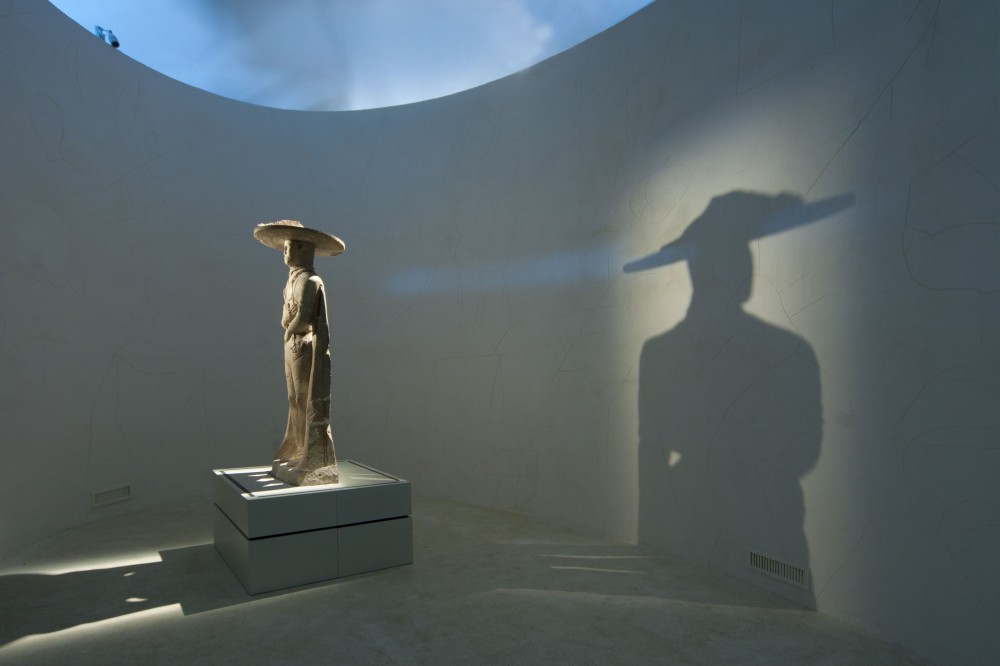
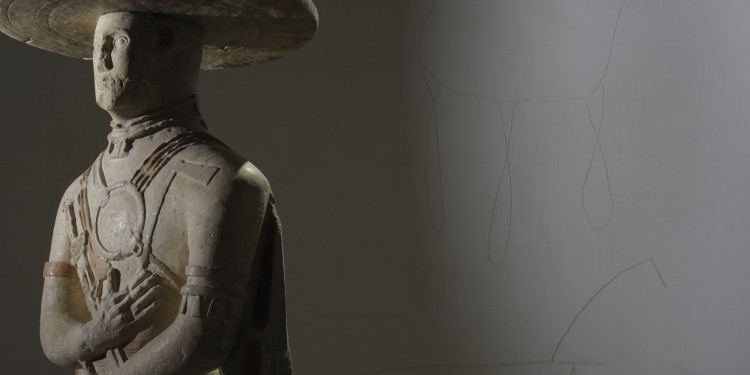
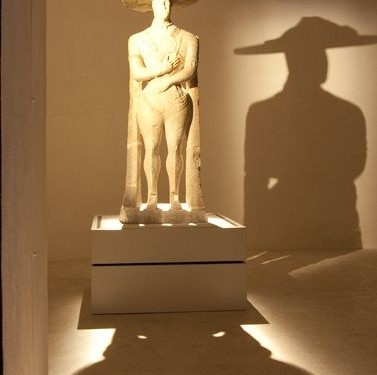
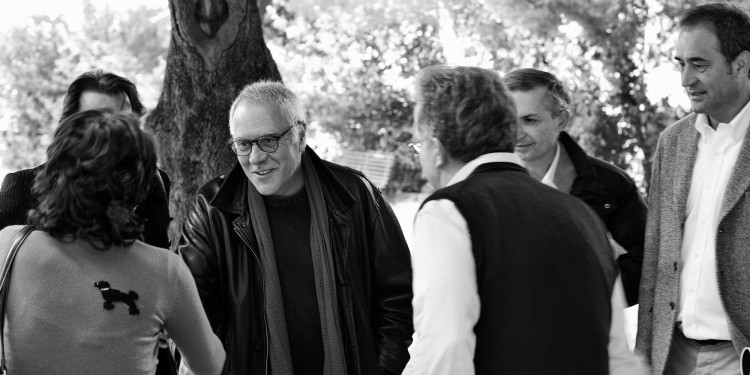
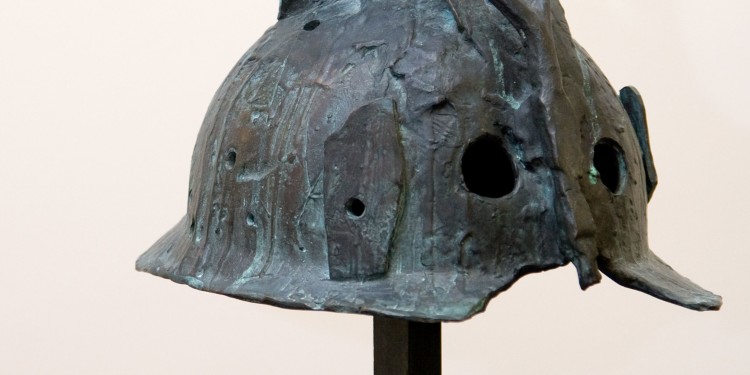
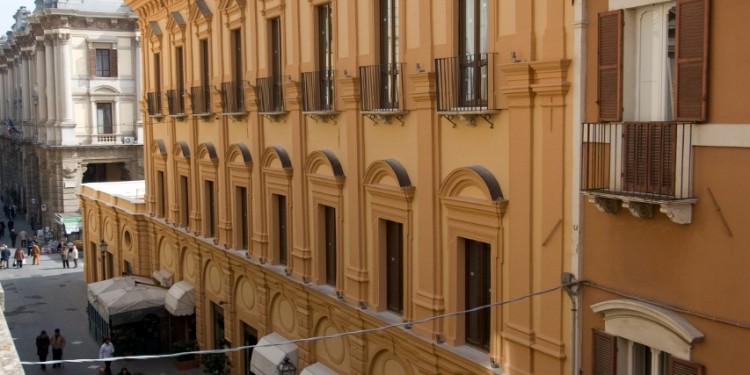
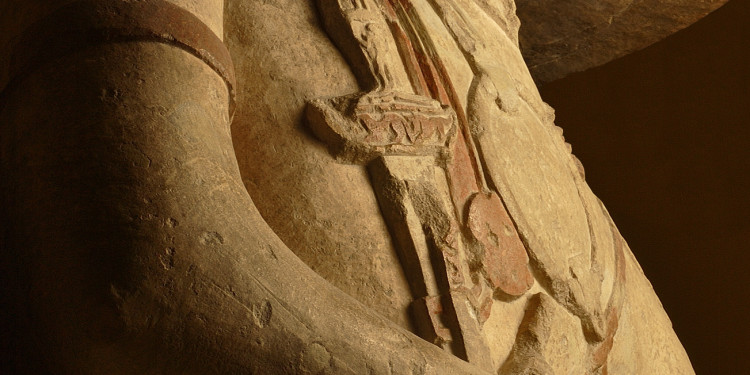
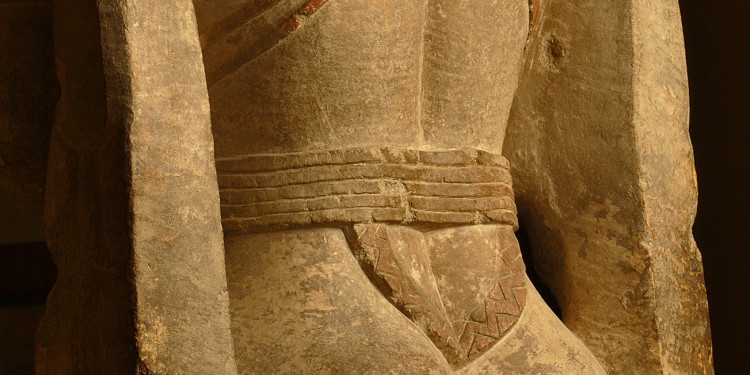
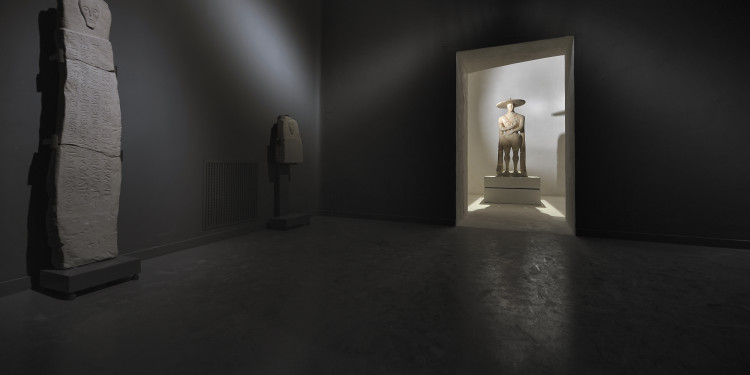
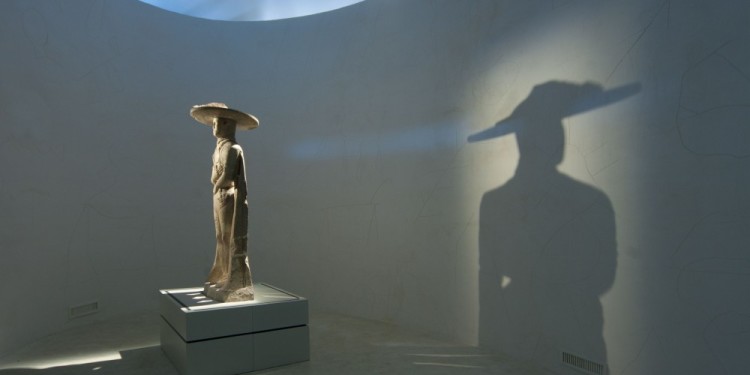
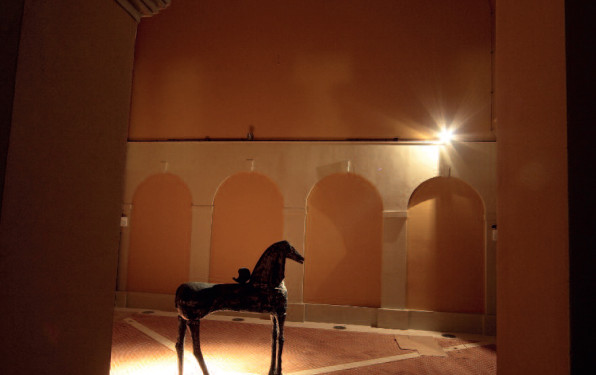
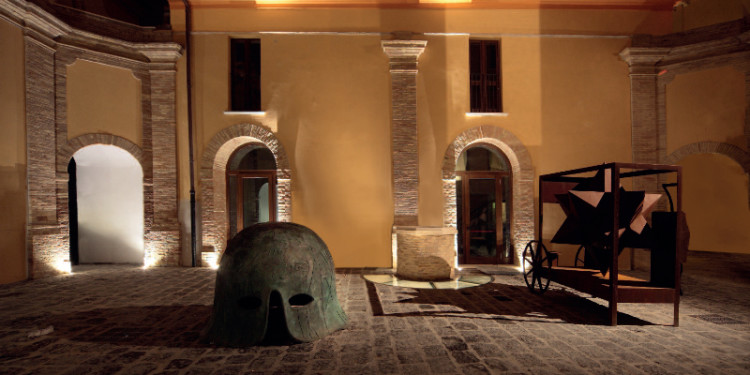
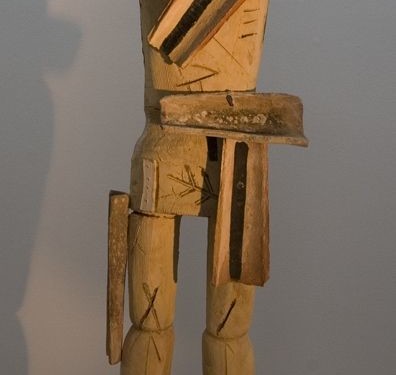
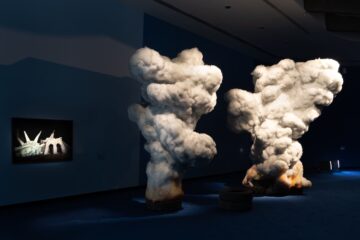
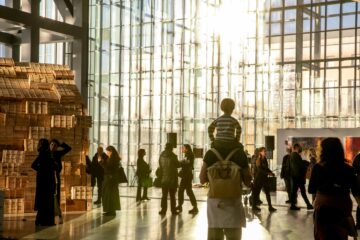
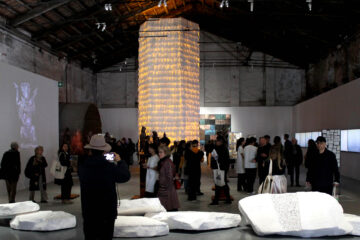
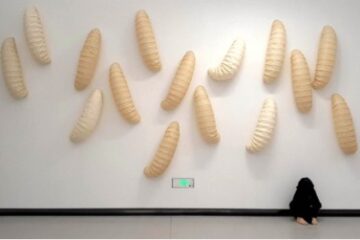

No Comment